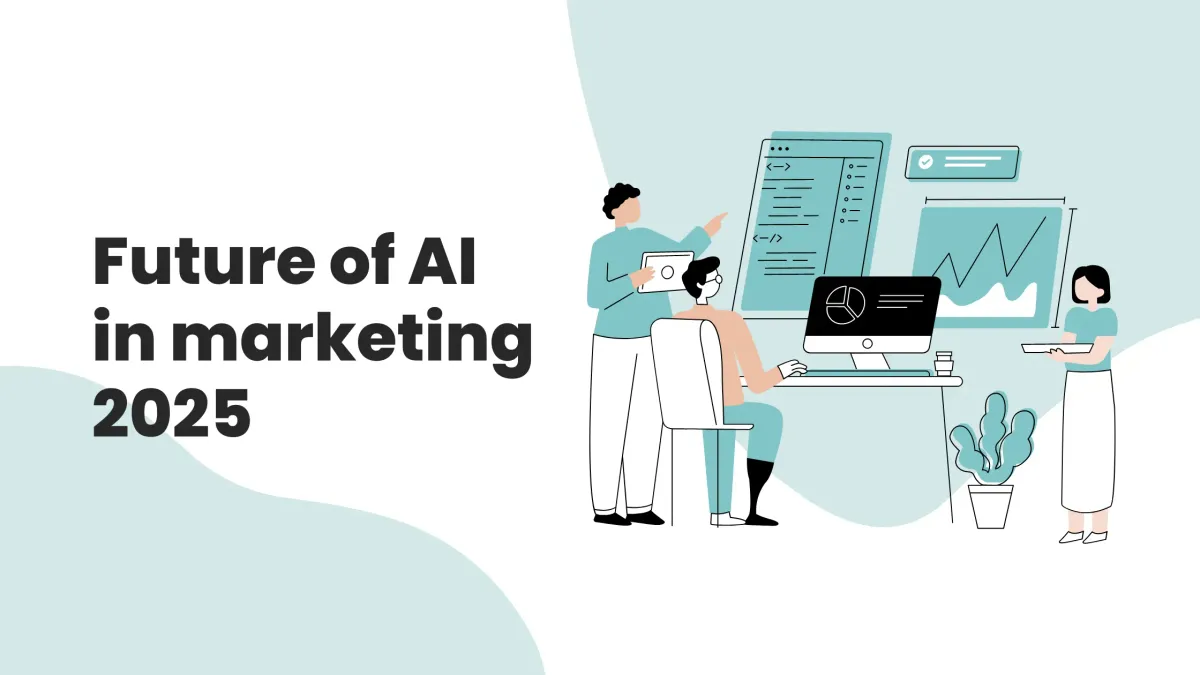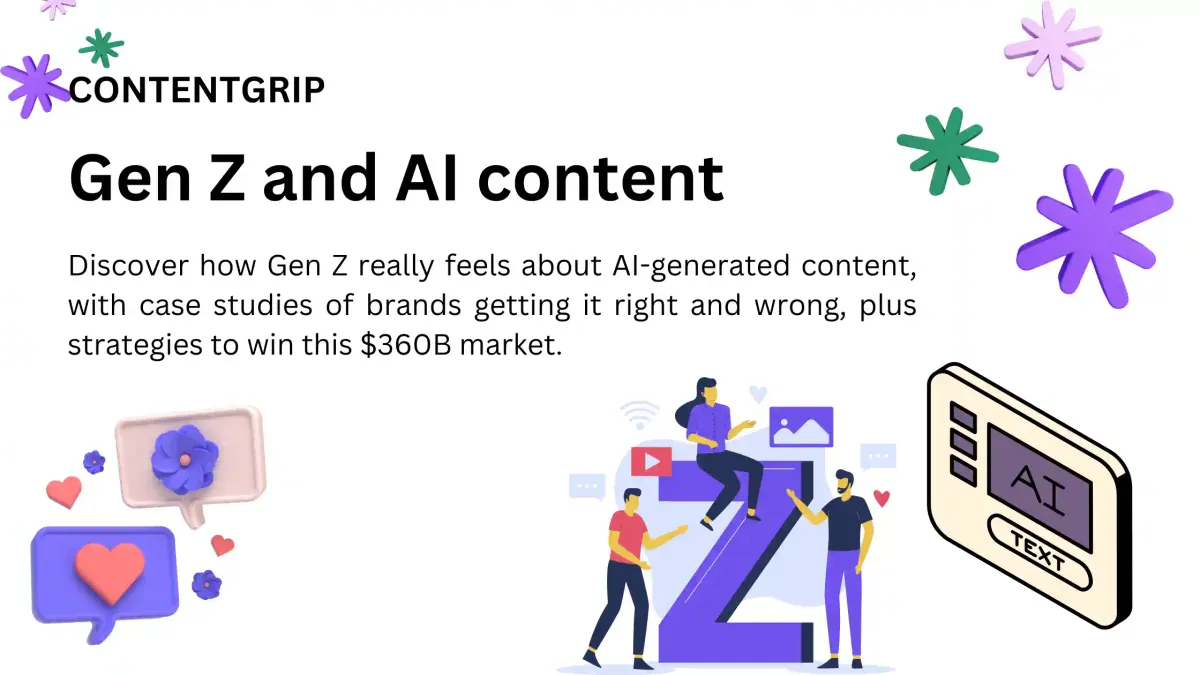AI is changing customer experience in SEA—here’s how marketers should adapt
SleekFlow’s new research reveals how SEA consumers want AI-powered support—with caveats

Southeast Asia's AI boom is no longer theoretical—it’s here, and it’s changing how businesses talk to customers. But how do consumers actually feel about this shift?
A new whitepaper by omnichannel platform SleekFlow dives deep into that question, surveying businesses and consumers across Indonesia, Malaysia, and Singapore.
The findings are clear: AI is helping brands improve speed and scale, but human agents remain essential to win loyalty.
This article explores key insights from the research, with takeaways for marketers looking to optimize customer experience (CX) while navigating rising expectations around personalisation, speed, and authenticity.
Short on time?
Here’s a quick look at what we cover:
- Consumers want fast, personalized service, but not at the cost of empathy
- AI boosts engagement, but humans still drive trust
- How Gen Z and mobile-first SEA markets are shaping AI’s future
- AI is already transforming SEA’s business landscape
- What marketers should do next

Consumers want fast, personalized service, but not at the cost of empathy
Customer expectations across SEA are evolving fast. According to SleekFlow’s study, 67% of respondents believe those expectations will keep changing significantly over the next two years.
Key drivers include:
- Tech advances (AI tools, automation)
- Social trends (sustainability, inclusivity)
- Competitive pressure (faster delivery, better service)
Consumers now expect AI-driven service, especially in Malaysia and Singapore, where over 50% of respondents expect to interact with chatbots in the next 1–2 years. But these experiences need to be:
- Fast — 45% expect a reply within 3 minutes
- Helpful — particularly in Singapore, where 74.5% value knowledgeable staff
- Personalized — 70% are more likely to buy when offered relevant AI-assisted recommendations
AI boosts engagement, but humans still drive trust
While AI agents are gaining ground, they’re not replacing humans anytime soon.
In fact:
- Only 20% prefer AI agents for support
- A majority—41%—say it depends on the situation
- 35% still prefer human agents outright
Consumers credit AI with speed, multilingual support, and 24/7 availability, but empathy, complex problem-solving, and emotional intelligence remain firmly in the human domain.
This plays out in real usage too:
- AI excels in retail, telecom, and education sectors—especially for simple queries
- Humans dominate in scenarios involving personalization, conflict resolution, and high-stakes decisions (e.g., financial services, real estate, healthcare)
How Gen Z and mobile-first SEA markets are shaping AI's future
SEA’s digital habits are mobile-first—and the region’s younger demographics are setting the tone for what modern customer engagement looks like.
According to SleekFlow’s data:
- 18–34-year-olds demand near-instant replies, with most expecting answers within 1–3 minutes when reaching out to brands.
- The most popular communication platforms across SEA are WhatsApp and social media apps, which consistently outrank traditional phone or email—especially in Indonesia and Malaysia.
- The APAC conversational AI market is projected to grow from US$2.39 billion in 2023 to US$11.47 billion by 2030, driven by a 24% CAGR.
For marketers, these behaviors signal a critical shift in CX design. Asynchronous, chat-based, mobile-native AI tools are no longer a “nice to have”—they’re the baseline for Gen Z engagement. This audience expects fast, frictionless interactions that happen in the same channels they use to talk with friends, not clunky web forms or long email threads.
Traditional customer service models won’t cut it. Brands that continue to lean on email-heavy workflows or slow response times risk losing relevance. Instead, the winning strategy lies in building AI flows that are short, real-time, and context-aware—mirroring how mobile-first users already communicate.
Crucially, it’s not just about speed. Marketers need to focus on designing AI flows that reflect how young, mobile-first users already talk—short, real-time, and context-aware.
Platforms that blend automation with a conversational tone—making AI feel less like a bot and more like a brand ally—will be best positioned to scale support without sacrificing authenticity.

AI is already transforming SEA's business landscape
According to the whitepaper, AI adoption among businesses is accelerating:
- 87% in Indonesia, 77% in Singapore, and 67% in Malaysia are already using AI in some form
- Top uses include customer service, CRM integration, and AI analytics
- The standout result? Businesses using AI overwhelmingly reported higher satisfaction—while non-AI businesses found manual processes inefficient
As platforms like SleekFlow help companies streamline omnichannel CX, the race to integrate AI is heating up. Still, cost, unclear ROI, and internal capability gaps remain key barriers to wider adoption.
What marketers should do next
To stay ahead of both competitors and consumer expectations, marketers should take a hybrid approach. Here's how:
1. Use AI where it shines—speed, scale, and structure
Deploy AI for:
- Fast answers (product availability, order tracking)
- Personalized content (chatbots, emails, product suggestions)
- High-volume channels (WhatsApp, Instagram DMs)
2. Keep humans in the loop
Where trust and nuance matter—like in high-consideration purchases, complaints, or brand-building moments—human agents are still your best asset.
As SleekFlow’s data shows, the ideal CX isn’t AI vs human—it’s AI plus human.
3. Don’t overdo personalisation
SEA consumers want relevant, not overly intrusive, personalization. Focus on value: use AI to recommend useful products, not stalk user behavior.
4. Invest wisely
Focus AI investments on customer-facing tools first—chatbots, CRM, analytics—then gradually expand to backend functions as your internal capacity matures.
Balance is the future
AI is reshaping SEA’s digital customer experience, and SleekFlow’s findings confirm it’s not a question of “if” but “how fast.” But brands that go too far in chasing automation may risk alienating the very customers they’re trying to engage.
The winners will be those who combine AI efficiency with human empathy, personalize smartly, and invest where it actually improves CX.





